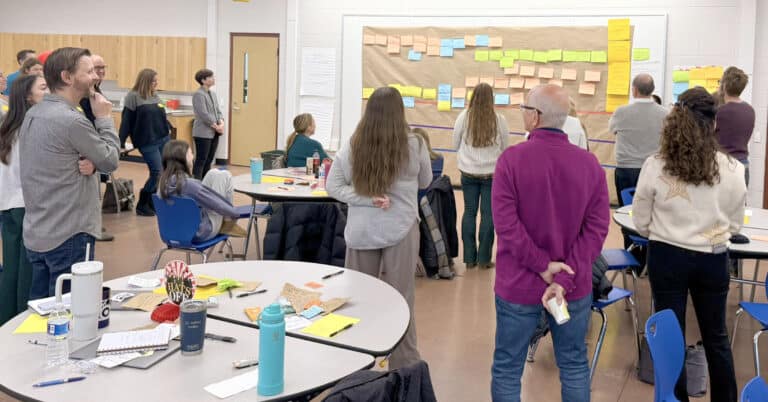Guest post by Katie Varatta
 For decades, a tremendous amount of emphasis has been placed on college access – usually in the form of community-based programs that assist students with the admission and financial aid processes, provide last dollar scholarship funds and offer an array of related services. That “movement” has been, and still is, critically important. However, it’s not enough to help young people enroll in college, only to see many of them drop out long before completing a degree program. We must ensure that they enroll as fully prepared as possible to succeed – academically, socially and in every other way.
For decades, a tremendous amount of emphasis has been placed on college access – usually in the form of community-based programs that assist students with the admission and financial aid processes, provide last dollar scholarship funds and offer an array of related services. That “movement” has been, and still is, critically important. However, it’s not enough to help young people enroll in college, only to see many of them drop out long before completing a degree program. We must ensure that they enroll as fully prepared as possible to succeed – academically, socially and in every other way.
The primary, practical purpose of dual enrollment is the acquisition of college credits while in high school, which will save both time and money for the young people who desire to pursue higher education. While these programs are good, especially to the extent that they target traditionally underrepresented populations of students, it’s important not to overemphasize the “credit attainment” aspect to the detriment of students’ ability to successfully pursue a pathway that prepares them for higher level courses and leads to a meaningful outcome in the form of a degree or marketable credential.
Returning to the “preparedness” point, it is critical that dual enrollment courses shed the potential label of “fake college courses.” They must be rigorous and fully aligned or identical to introductory college courses. It’s discouraging for a young enrollee who thinks the dual enrollment course s/he has taken has prepared him/her for the next level course, only to discover that s/he is woefully unprepared because the dual enrollment course was lacking in rigor.
Additionally, it is critical that dual enrollment courses be aligned to some degree or certificate pathway. The statement “random acts of dual enrollment” is used to describe the all-too-often unrelated courses students take, which ultimately may not add up to progress toward program or degree completion. The courses students take should lead to an outcome that is progressive, marketable and worthwhile.
Dual enrollment is an important stepping stone – especially if developed with rigor and intentionality, we also know and have demonstrated that young people are capable of so much more. However, we must provide the supports, interventions and flexibility that will lead to the best outcomes for students. One way we can do that is with early college high school.
KnowledgeWorks can help you advance early college high school in your community.






